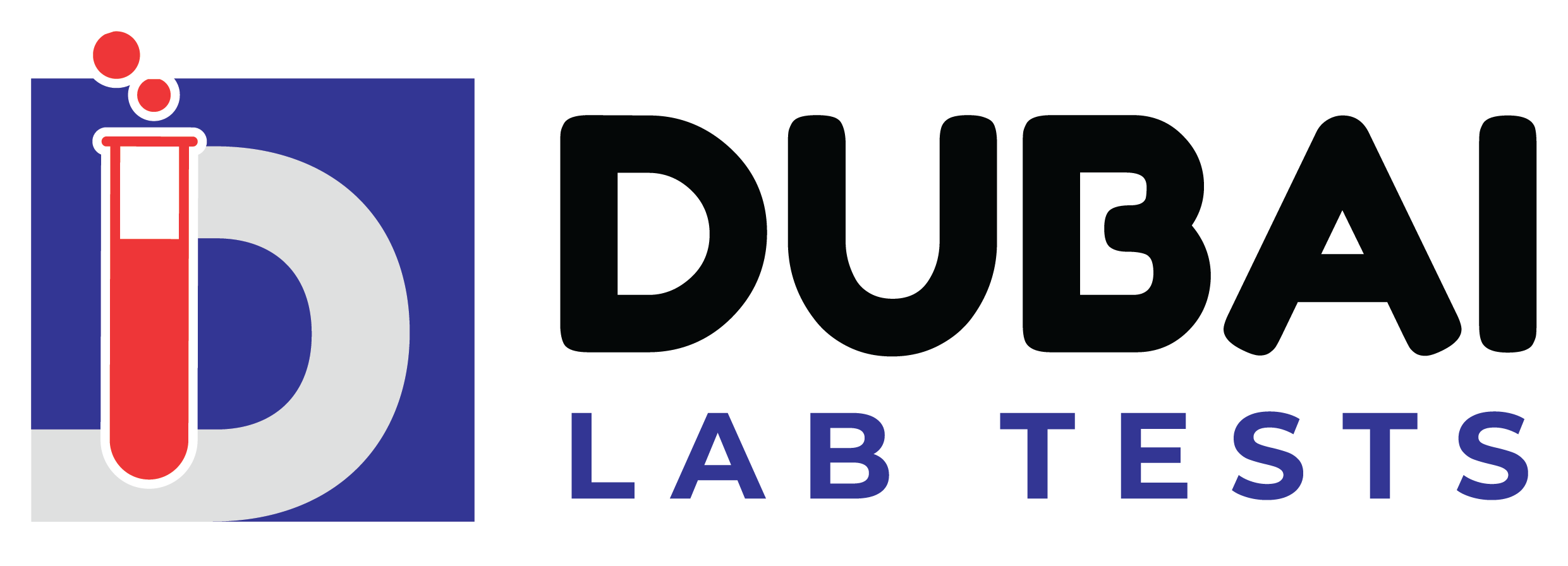Large specimen (Benign) — (Fibroid (multiple/large), simple mastectomy (simple/laparoscopic with fibroid), Breast reduction (Mammoplasty, specimen weight 151 gms and above), ovary with tubes, lung, testis, complete Placenta with cord, segmental resection o colon, Spleen, thyroid, stomach).
د.إ1,150.00
Sample Type : Fixed Tissue in 10% Formalin
Methodology : Histopathology
TAT : 4 days
Description
**Product Description: Large Specimen (Benign)**
The Large Specimen (Benign) lab test is a specialized diagnostic service designed for the histopathological evaluation of large or multiple benign tissue specimens. This test is essential for healthcare providers, pathologists, and medical institutions seeking accurate and detailed analysis of surgically excised tissues. It plays a critical role in diagnosing, monitoring, and planning treatment for patients with benign conditions, ensuring optimal patient care and clinical outcomes.
### Why You Need This Test
The Large Specimen (Benign) test is vital for the comprehensive evaluation of surgically removed tissues to confirm the presence of benign conditions. It helps differentiate benign from malignant pathologies, ensuring accurate diagnosis and effective treatment planning. This test is particularly important for assessing tissues such as fibroids, breast tissue, ovarian and fallopian tube specimens, and other large excised specimens. By providing detailed histopathological insights, this test supports clinical decision-making, surgical follow-up, and long-term patient management.
### Symptoms That Indicate This Test
This test may be recommended if you experience or present with the following symptoms or conditions:
– Abnormal uterine bleeding or pelvic pain (suggestive of fibroids).
– Breast lumps, asymmetry, or discomfort (indicating the need for mastectomy or breast reduction).
– Ovarian cysts, pelvic pain, or infertility (requiring ovarian and fallopian tube evaluation).
– Respiratory symptoms or abnormal imaging findings (necessitating lung tissue analysis).
– Testicular swelling or pain (indicating orchiectomy for benign conditions).
– Pregnancy complications or abnormal placental findings.
– Gastrointestinal symptoms such as abdominal pain or changes in bowel habits (suggesting colonic resection).
– Enlarged spleen or hematological abnormalities.
– Thyroid enlargement or nodules.
– Gastric discomfort or findings suggestive of benign gastric conditions.
### Natural Production
The body naturally maintains the structure and function of tissues and organs through cellular growth and repair. However, factors such as hormonal imbalances, genetic predispositions, or environmental influences can lead to the development of benign growths or abnormalities. For example, uterine fibroids are influenced by estrogen and progesterone levels, while thyroid nodules may result from iodine deficiency or autoimmune conditions. This test evaluates these tissues to identify any abnormalities, ensuring that benign conditions are accurately diagnosed and managed.
### What Happens If Untreated
Ignoring abnormal tissue growths or failing to evaluate excised specimens can lead to significant health risks. For instance:
– Untreated fibroids may cause severe pain, heavy bleeding, and infertility.
– Unexamined breast tissue may delay the detection of potential malignancies.
– Undiagnosed ovarian or testicular abnormalities can lead to complications such as torsion or hormonal imbalances.
– Placental issues left unaddressed may result in pregnancy complications.
– Gastrointestinal or splenic conditions may progress, causing further health deterioration.
Timely histopathological evaluation ensures that benign conditions are accurately identified and managed, preventing unnecessary complications and improving patient outcomes.
### How to Prepare for the Test
Preparation for this test involves ensuring that the excised tissue specimen is properly preserved in 10 percent formalin immediately after surgical removal. This step is critical to maintaining the integrity of the tissue for accurate histopathological analysis. No additional preparation is required from the patient, as the test is conducted on surgically removed specimens.
### Test Overview
– **Sample Type**: Fixed Tissue in 10 percent Formalin.
– **Methodology**: Histopathology, involving tissue processing, embedding, sectioning, and staining for microscopic evaluation.
– **Turnaround Time (TAT)**: 4 days, ensuring timely delivery of results.
### Call to Action
Take control of your health by ensuring accurate diagnosis and management of benign conditions. Book the Large Specimen (Benign) lab test today to receive reliable and detailed histopathological insights. Whether you are a healthcare provider or a patient, this test is an essential step in achieving optimal clinical outcomes. Search for “diagnostic test near me” or “buy lab test online” to schedule your test conveniently.
This test is categorized under Cytology/Histopathology, emphasizing its focus on cellular and tissue-level analysis for diagnostic purposes. Ensure timely evaluation of large benign specimens to support effective treatment planning and patient care.





Reviews
There are no reviews yet.